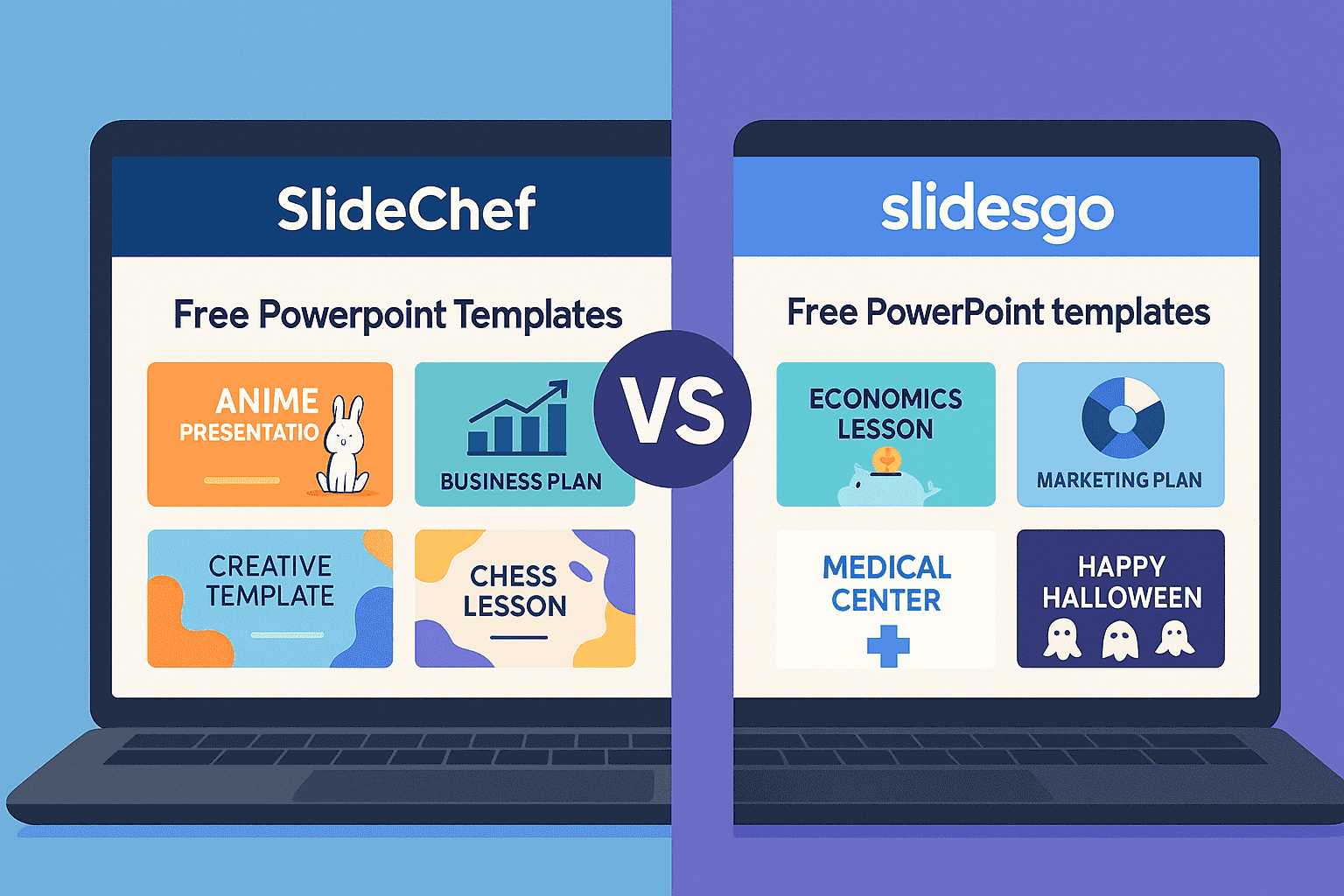Guide to Creating Professional-Quality Designs Without a Design Degree

Research has revealed that an academic degree does not guarantee success in your professional career. Many young people worldwide struggle to find jobs despite having obtained university degrees. The world of design is not an exception.
But there is no need to worry about it. Creating professional-quality designs without a design degree is absolutely possible and feasible. With a little bit of knowledge and a lot of practice, you can develop the skills needed to create great designs for various purposes. This article will guide you on your journey to a great career. Check out our tips to get you started.
Laying the foundation
Get a handle on the basics of design principles. Make sure you familiarize yourself with basic design principles such as color theory, typography, composition, and balance. This will help you understand the elements that make up a good design and how to use them effectively. You can find many online resources and courses that cover these topics.
If you are short of time because you have an important college assignment to carry out research on, don’t get discouraged. There is professional help out there. Make sure you get cheap research papers online from a reliable and trustworthy online writing service. Let experienced writers take care of your assignment on time, at reasonable rates, and to the highest academic standards.
Design software
Use design software to help you throughout your learning process. Use design software like Adobe Illustrator, Photoshop, GIMP, or Canva to create high-quality designs. These programs have a range of features and tools that can help you create professional-looking designs. Also, look for alternatives to the above software. They keep coming out, so keep an eye on what’s new, innovative, and different on the market.
Use other resources
Learn from other designs. Make sure you pay attention to other designs that catch your eye and try to understand why they work well. Study their use of color, typography, layout, and other design elements.
If you cannot follow some instructions because they are in a different language, use professional translation services to get the content translated into your language. Make sure you find a reliable service with a proven track record in translation. Professional translation services normally cover a broad range of services, including birth certificate translation, transcript translation, reference letter translation, and many more. So taking advantage of professional help is always a good idea.
Use templates
Use lots of templates. They are a great starting point for your design. Many design software programs and websites have pre-designed templates that you can customize to fit your needs.
They offer templates that can help you create professional-looking designs quickly and easily. Be sure to customize the templates to make them your own. Scour the internet for templates, and spend a lot of time reviewing and assessing them.
Don’t complicate your design
Keep it simple. There is no need to overcomplicate your designs. Keep them simple and clear, and focus on communicating your message effectively. This is particularly important at the start of your efforts or career. Most people won’t know you, so you don’t want to surprise them with experimental designs that might lend themselves to various interpretations. Try that later when you have already earned a name for yourself as an experienced designer.
Seek feedback on your work
Get feedback on your designs. Show your designs to others and get feedback. This can help you improve your designs and better understand what works and what doesn’t. This will also help you identify areas for improvement and learn from other designers.
Practice makes perfect
Practice, practice, and practice again. The more you practice, the better you’ll get at creating professional-looking designs. Take on design projects for friends, family, or local organizations to build your portfolio and gain experience. Experiment with different styles and techniques and keep learning as you go.
Bottom Line
You should remember that design is a skill that can be learned and improved over time. Design is both an art and a science, so don’t be discouraged if it takes time to get the hang of it. With dedication and practice, you can create visually appealing and effective designs. It is an iterative process in which you should seek continuous improvement.
By following these tips and putting in the effort to practice and learn, you can create professional-quality designs without a design degree. This will pave the way for a successful and rewarding career.
About the Author
Mark Wooten is a professional writer, student coach, and graphic designer. He has been combining his student advisory services with graphic design projects for many years, which he normally accomplishes with flying colors. Mark posts regular tips on how to get along with your job without a formal academic degree.









